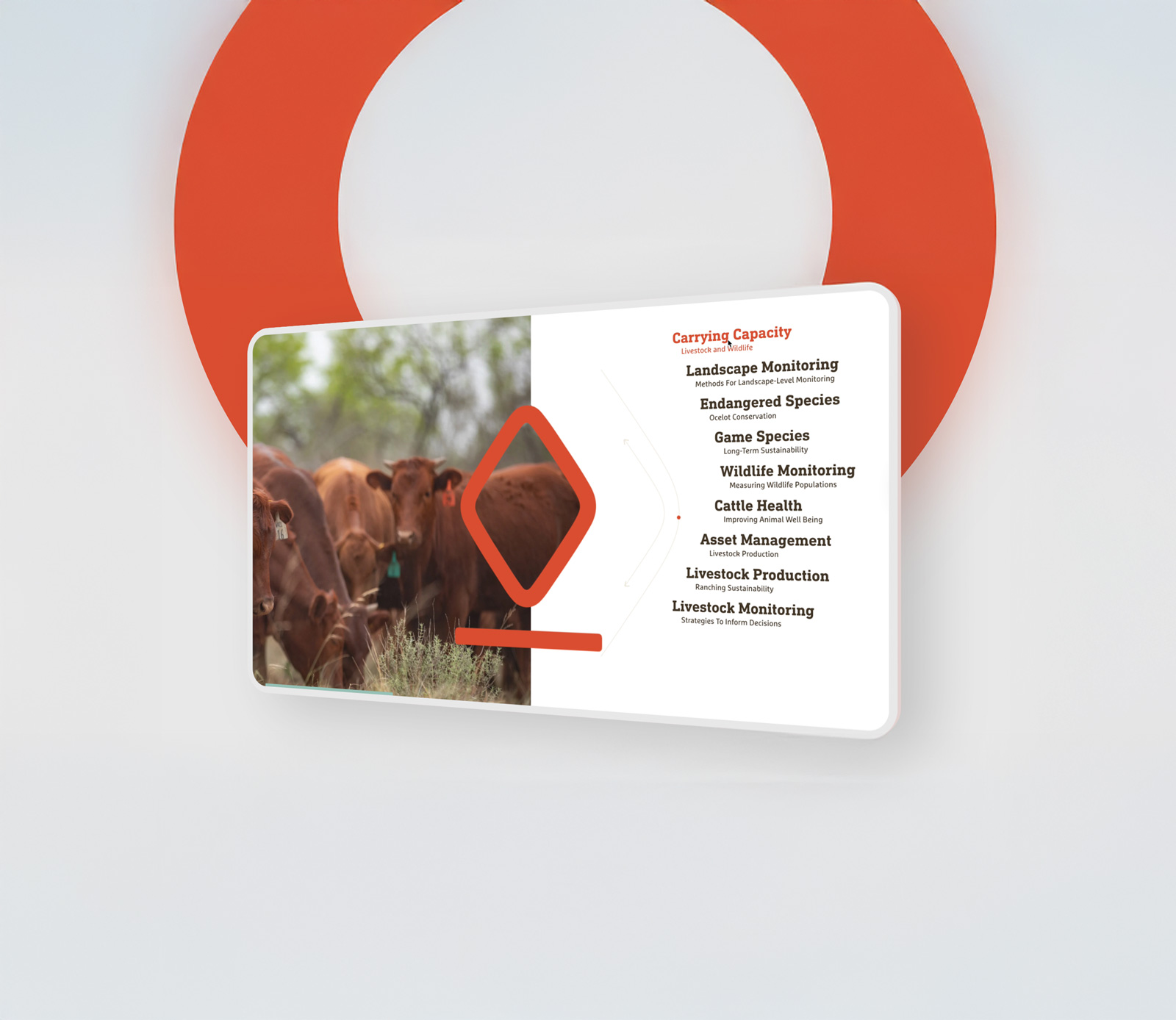Ideas Post
How an Easter Egg Can Set Your Website Apart
Web designers have the unique opportunity to create a site that appeals not just as something functional, but also with character and personality. A great website design should offer something unexpected while still being easy to use...

Good VS Great Web Design
A good website design should be exactly what a user would expect, easy to use; a great website design should offer something unexpected while still being easy to use. My favorite way to step outside that box is by hiding an easter egg inside a website.
An Easter egg in this context is not a holiday treat, but a fun feature hidden inside a website to add more personality to your web design and user experience. Easter eggs can be relevant to your subject or even seasonal, but they don’t have to be. The best example of a company that uses easter eggs in my opinion is Google.
Google uses many different forms of easter eggs from seasonal logo changes to hidden search features, but my favorite Google easter egg is the “No Internet” screen that appears in the Google Chrome browser. The browser comes with an old-school arcade-style game secretly built into it that only appears when the user tries to use the browser without an internet connection. You could even miss the game if you don’t know what you’re looking for. You’ll notice a t-rex near the top of the page; if you press one of the arrow keys you activate the game.
Google Chrome No Internet Connection Easter Egg
https://youtu.be/GOzciXQ6YEk
This is a simple addition to a browser that didn’t need another selling point, but they did it anyway, THAT is the point of an easter egg.
Seasonal Easter eggs can also add a lot to your website as well. Google is again a perfect example. My favorite seasonal easter egg from Google happens to correspond with my favorite time of year, Christmas. If you Google “Christmas” you will see a gift icon slide down. If you click that gift, you will be greeted with a treat.
Google Christmas Easter Egg
https://youtu.be/ZeCybnjq_V8
This is the kind of seasonal effort that could keep a user coming back year after year to check out your website and engage with you in a way that develops brand loyalty.
Not everyone can invest in easter eggs the way Google can, but the web design team here at Tribu loves to incorporate them into our web design where it makes sense and when our Partners will allow it. One of my favorite ones from a Tribe-designed website is the Centro Easter egg. centrosanantonio.org has an easter egg hidden in the footer that is easy enough to spot, even if you don’t know its there (laughing emoji), but heads up - make sure your volume is set to about medium or you will get a loud surprise!
Centro San Antonio Easter Egg
https://youtu.be/5AloSMgHvTU
Centro describes itself as “a placemaking organization working everyday to create a more beautiful, playful, welcoming, and prosperous downtown highlighting the San Antonio Spirit in the heart of the city.” So it makes total sense to incorporate one on this site. The Easter egg page is a list of some of our Tribe members' favorite San Antonio landmarks, again, very on-brand for Centro. The easter egg-shaped button paired with the music on the page gives the Centro brand a definitive sense of humor and shows that the brand is savvy to internet culture.
As I said, not all easter eggs need to be seasonal or have a lot of context, they also don’t need to be overly complex or be a hidden page. Another great example of a Tribu web design that contains an easter egg is thesanantonioriverwalk.com. Turn your sound on, go to the home page, and hover over the duck (Must be on a desktop).
San Antonio River Walk Easter Egg
https://youtu.be/BY5UUbUXB40
This Easter egg is simple and whimsical but gives the web design so much more personality. Easter eggs in general have that effect on a website, plus they have the added benefit of making the user feel in the know. That may even cause them to share your link with friends or on social media, which could lead you to a new customer. Anyone who builds a website has a set of goals they want that website to accomplish, and some of them are going to be intangible. One of those intangibles is that you want your website to be “cool”. Adding an Easter Egg is a great way to make your website “cool” and connect to your users in a new way!
If you’re interested in being one of the cool kids and sending your website to the moon,
I know a guy...

Let's build a tribe together
Ideas, Ideas, Ideas
Featured Work
We don’t just deliver - we make a difference.
Here’s a look at some of our most impactful branding, web, and campaign work. These aren’t just projects - they’re proof of what’s possible when bold ideas meet the right tribe.












